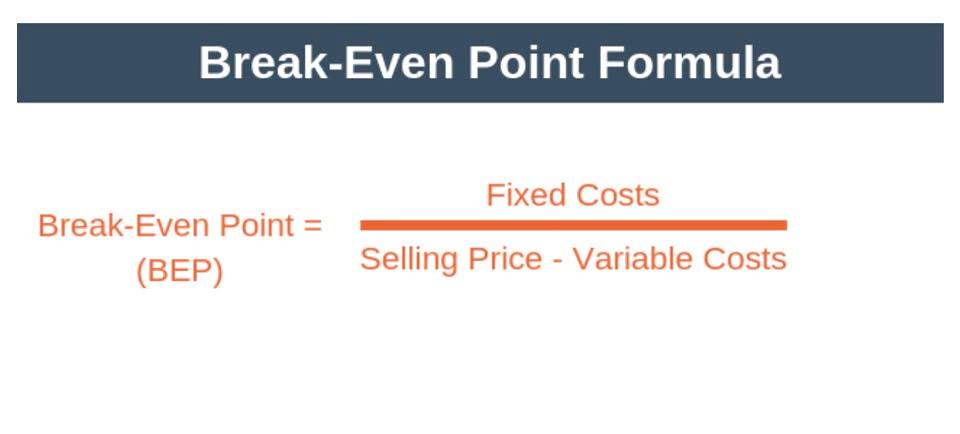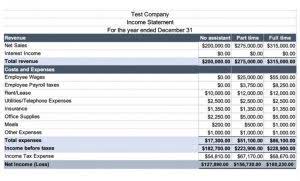Cash Management Overview, How It Works, Problems

These professionals are mainly responsible to implement and oversee cash management strategies and stability analysis. Many companies may outsource part or all of their cash management responsibilities to different service providers. Regardless, there are several key metrics that are monitored and analyzed by cash management executives on a daily, monthly, quarterly, and annual basis.

Causes of Problems with Cash Management
- While the structure varies, central treasury usually operates as the IHB or establishes a dedicated entity for this purpose.
- An in-house bank (IHB) offers banking services to group entities within the same organization.
- If current liabilities exceed current assets a company would likely need to access its reserve lines for its payables.
- With increasingly complicated cash flows, several banks, multiple entities, and various systems, you will need a solution that centralizes all scattered data efficiently.
- CMBs have maturation times ranging from seven to fifty days, but they can reach as high as three or four months.
Liquidity management assesses whether short- and long-term obligations can be met by analyzing cash in- and outflows with a heavy focus on working capital. In a perfect world, your treasury department knows exactly what your company’s risk exposure is at any treasury and cash management point in time. However, changing circumstances internally and externally affect the financial performance of a business all the time. One of the main jobs of treasurers is to continuously analyze and minimize financial risk to avoid any liquidity issues.
What is Cash Management?
By working across departments, treasury professionals can foster a cash culture throughout the company and help ensure the whole operation understands how liquidity and working capital impact finances. As companies assign new responsibilities to the corporate treasury function, treasurers must improve it with a global focus and streamline its performance. In an effort to help corporate treasurers improve their performance in core activities, we surveyed 120 of them over the past year and conducted in-person interviews with an additional 50. Those sources, as well as our experience working with treasurers, have led us to believe that companies should focus on five moves to improve their global treasury function.
Understanding Cash Management Bills (CMBs)
- The two main liquidity ratios analyzed in conjunction with cash management include the quick ratio and the current ratio.
- At an agrochemicals company, a simple data entry error led the US treasurer to wire $80 million inadvertently to the wrong payee in the wrong country.
- As bank communications technology improved and treasury groups added new responsibilities, it made sense to consolidate functions that had been operating independently in different parts of the world.
- Providing investment banking solutions, including mergers and acquisitions, capital raising and risk management, for a broad range of corporations, institutions and governments.
This ensures that idle balances are minimized, while allowing you to maximize yields on your surplus operating balances at optimal cost. In certain countries, it may be possible to have an intercompany loan denominated in the local currency. While other regulators only allow the intercompany loan denominated in USD or another foreign currency, they do often allow FX management activities to be centralized with an offshore entity, https://www.bookstime.com/ such as the treasury entity. Prior to cash extraction, it is imperative to make an effort to achieve natural hedging in-country to minimize currency mismatches, optimize operations and maximize the amount of excess cash available. Funding and extracting cash via intercompany loans can be on an automated or manual basis. Morgan supports such intercompany loans for all restricted markets except India, where this is not permitted.
Intercompany loans are one of the most common ways to move funds in and out of a restricted market. Cross-border cash concentration often leverages the intercompany loan framework to move cash in a single currency or across currencies and on an automated basis. Decide which route to take from the start when funding the respective markets, as this will determine how funds can be taken out.


CMBs have maturation times ranging from seven to fifty days, but they can reach as high as three or four months. A treasury management system takes it a step further by consolidating all accounts into a unified platform. This comprehensive view allows companies to trace the allocation of every dollar, including funds utilized outside regular business hours or for special projects such as equipment purchases or event venue rentals.

Factors to consider when deciding between in-house and outsourced treasury management:
- While both are essential for managing online transactions, there are several differences between payment processors vs. payments gateways.
- Before we jump in, let’s clarify a few of the terms and how the different departments interact with each other.
- Without immediate visibility into its cash flow, the team cannot accurately anticipate these future cash needs.
- Liquidity forecasts, measuring liquid assets and credit sources to predict whether a company will be able to pay its debts and obligations, can help it manage cash by testing stress scenarios for differing market conditions.
Treasury management is an essential part of any business, and it is vital to understand what it is and what it can do for your company. In this article, we will discuss the basics of treasury management and explore some of the ways it can help your business run more smoothly. Efficient cash management matters for the survival and growth of any organization, regardless of its size.
